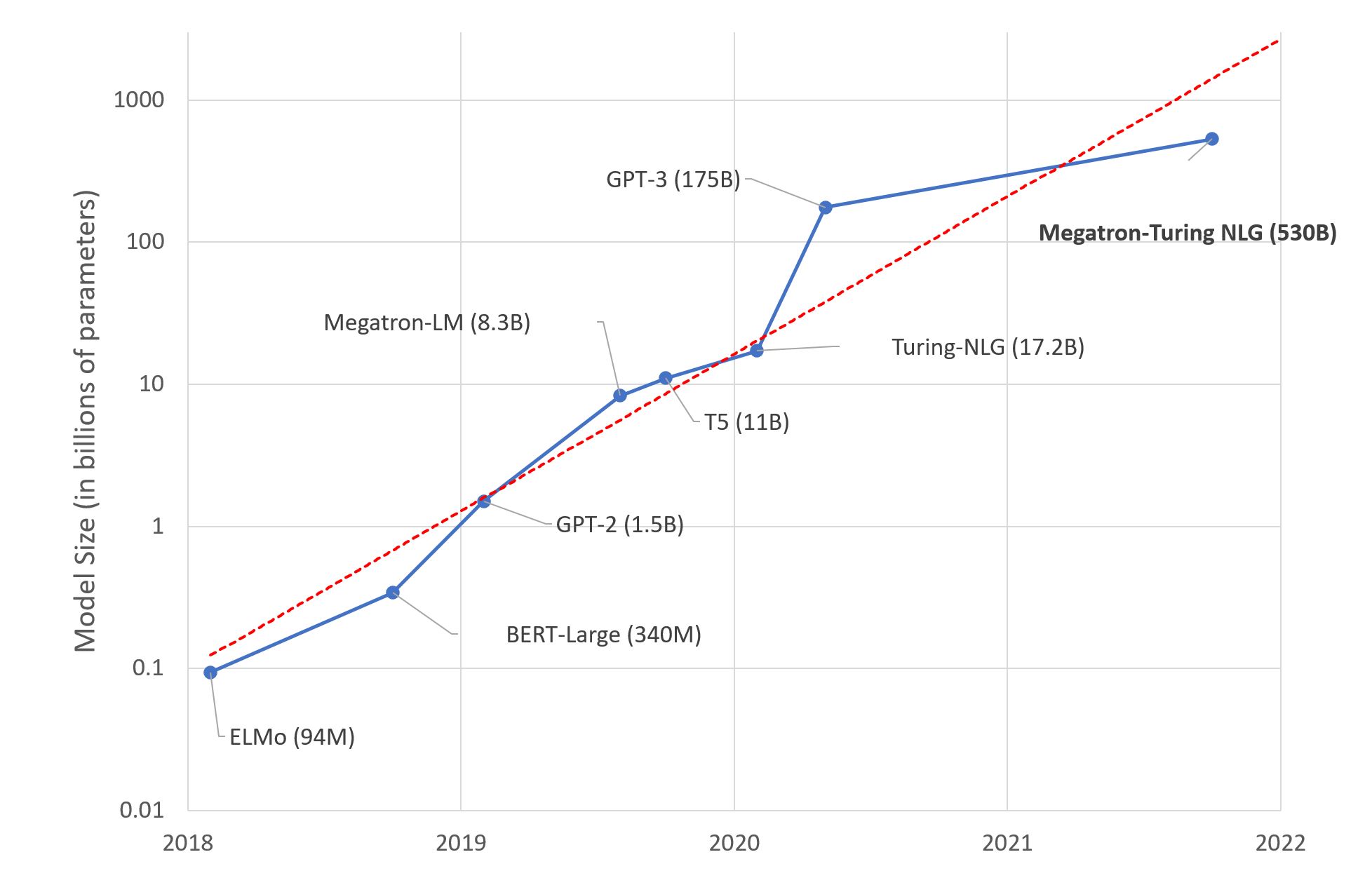The world of artificial intelligence (AI) is abuzz with the advancements made by large language models (LLMs). These powerful tools are revolutionizing the way we interact with technology, from generating realistic text to writing code and even creating art. But have you ever wondered what goes into building an LLM from the ground up? It’s a challenging journey, but one that offers incredible insights into the workings of AI.

Image: paypergenerated.com
Imagine you’re presented with a blank canvas and the tools to paint a masterpiece. You need to gather the paints, choose the brush, and decide on the style. Building an LLM is similar; you start with raw data, select the architecture, and then train it to understand and generate language.
Demystifying the Construction of a Large Language Model
At its core, an LLM is a type of neural network trained on a massive dataset of text and code. This training process involves feeding the network vast amounts of information, allowing it to learn patterns, relationships, and nuances within language. Through this process, the LLM develops the ability to generate coherent text, translate languages, generate summaries, and even answer your questions in an informative way.
Building an LLM from scratch is a multifaceted process, requiring a deep understanding of:
Understanding the Building Blocks
- Data Acquisition and Preprocessing: The first step is to gather a vast trove of text and code data. This data could be scraped from websites, sourced from libraries, or collected from social media platforms. Once gathered, you’ll need to clean and preprocess the data, removing errors, inconsistencies, and irrelevant information.
- Neural Network Architecture Selection: LLMs rely on intricate neural network architectures, such as transformer models. Choosing the right architecture is crucial for model performance, considering factors like training speed, memory requirements, and the complexity of the task.
- Training and Optimization: Training an LLM is a resource-intensive process. You’ll need specialized hardware like GPUs and TPUs to handle the massive computational demands. During training, you adjust the model’s parameters through backpropagation, minimizing errors and enhancing performance.
- Evaluation and Fine-tuning: Once the model is trained, you’ll evaluate its performance on specific tasks using metrics like accuracy, perplexity, and BLEU score. Based on these evaluations, you can fine-tune the model to improve performance on particular tasks.
The Demanding Nature of Building an LLM
Building an LLM from scratch is no easy feat. It demands immense computational resources, specialized expertise in machine learning and deep learning, and significant time investment. You’re essentially creating a complex system that can mimic human language understanding and generation.
However, the rewards can be substantial. By developing your own LLM, you gain the power to create customized AI models for specific applications, potentially opening exciting new possibilities in fields like healthcare, education, and entertainment.

Image: www.analyticsvidhya.com
Emerging Trends in LLMs
The LLM landscape is continually evolving. Recent trends include:
- Multimodal LLMs: These models go beyond text and integrate other modalities like images, audio, and video, allowing them to understand and generate content across different formats.
- LLMs for Code Generation: Models like Codex are trained on massive code repositories, enabling them to generate code in various programming languages, automate tasks, and debug existing code.
- LLMs for Creative Content Generation: LLMs are now used for composing music, writing stories, and even crafting visual art, pushing the boundaries of creativity.
Tips and Expert Advice
Building an LLM from scratch can seem daunting, but with the right approach, it’s achievable. Here are some expert tips:
- Start Small: Don’t jump into building a massive model right away. Begin with a smaller dataset and model, gradually increasing the complexity as you gain experience.
- Focus on a Specific Task: Instead of aiming for a general-purpose LLM, choose a specific task or domain, such as writing summaries, translating languages, or generating code.
- Leverage Open-Source Tools: Take advantage of the vast resources available in the open-source community. Libraries like TensorFlow, PyTorch, and Hugging Face provide valuable tools and pre-trained models.
- Join Communities: Connect with other AI enthusiasts and professionals through online forums, meetups, and conferences to learn from their experiences and insights.
Remember that building an LLM is an iterative process. It requires experimentation, persistence, and a willingness to learn from mistakes. Focus on developing your skills in areas like data preprocessing, neural network architectures, and model evaluation. With dedication and the right tools, you can contribute to the exciting world of large language models.
Common Questions about Building LLMs
Q. What kind of hardware do I need to build an LLM?
A: Training an LLM requires high-performance hardware like GPUs and TPUs to handle the massive computation involved. Cloud platforms like Google Cloud, AWS, and Azure offer access to these resources.
Q. What programming languages are commonly used for building LLMs?
A: Popular choices include Python with libraries like TensorFlow, PyTorch, and Hugging Face. These libraries provide tools for building, training, and deploying LLMs.
Q. Are there any ethical considerations involved in building LLMs?
A: Yes, LLMs can be susceptible to bias and generate discriminatory or offensive content. It’s important to address ethical implications by using diverse datasets, monitoring model outputs, and implementing safeguards.
Build A Large Language Model From Scratch Pdf
Conclusion
Building a large language model from scratch is a demanding but rewarding endeavor that offers unique opportunities to shape the future of AI. By understanding the underlying principles, utilizing available tools, and embracing the learning process, you can embark on this exciting journey.
Are you interested in building your own LLM? What challenges or possibilities are you most excited about? Let us know in the comments below!






